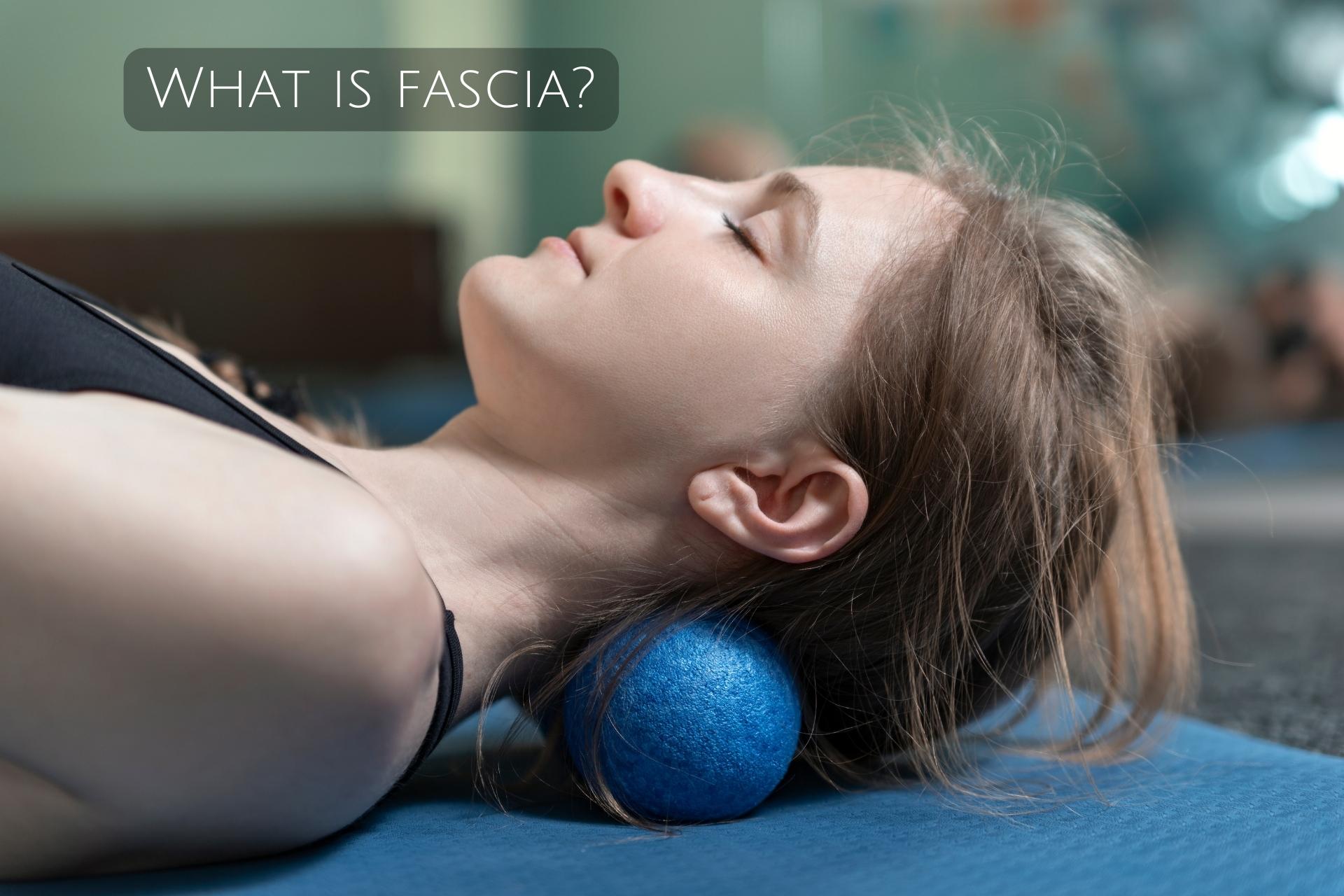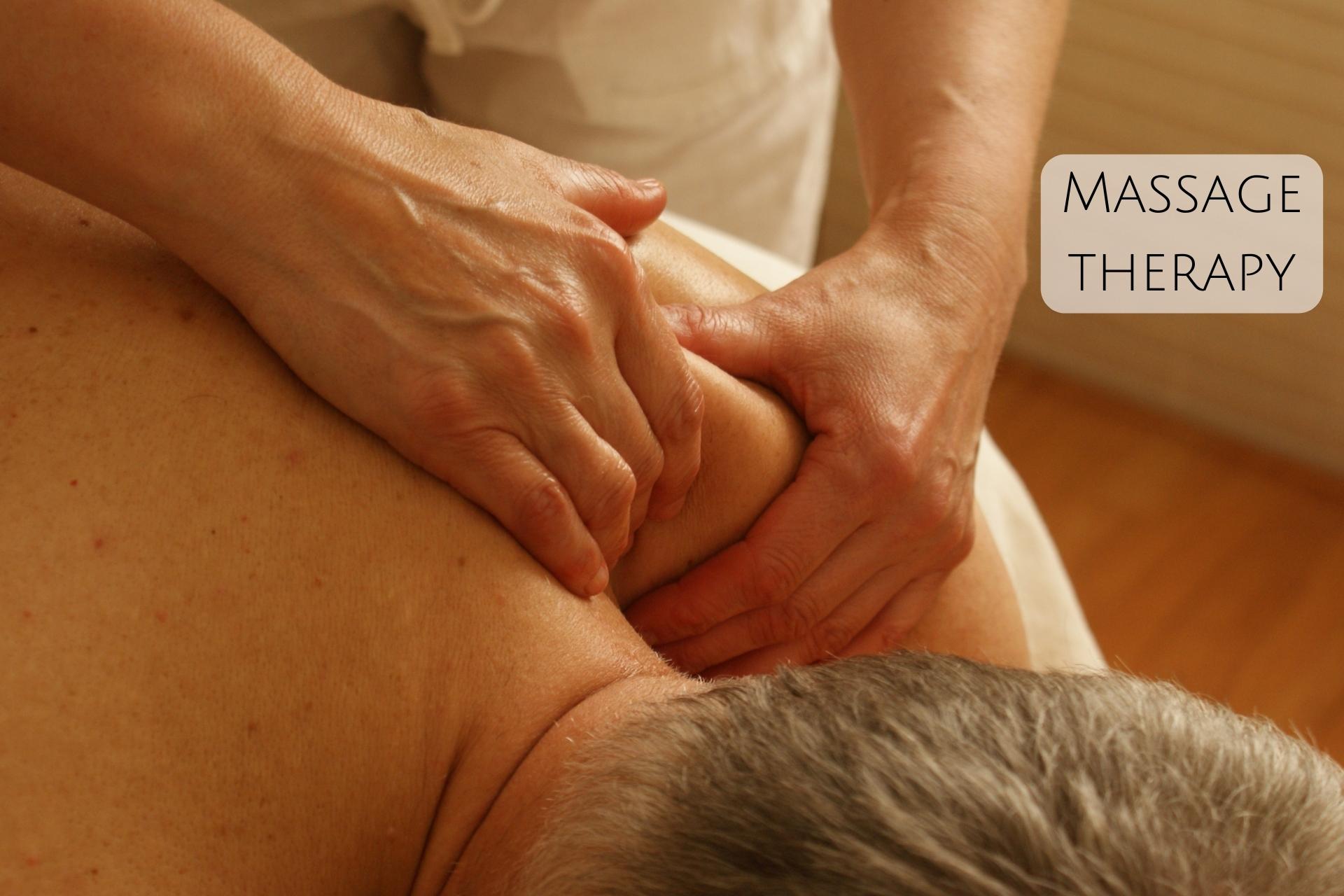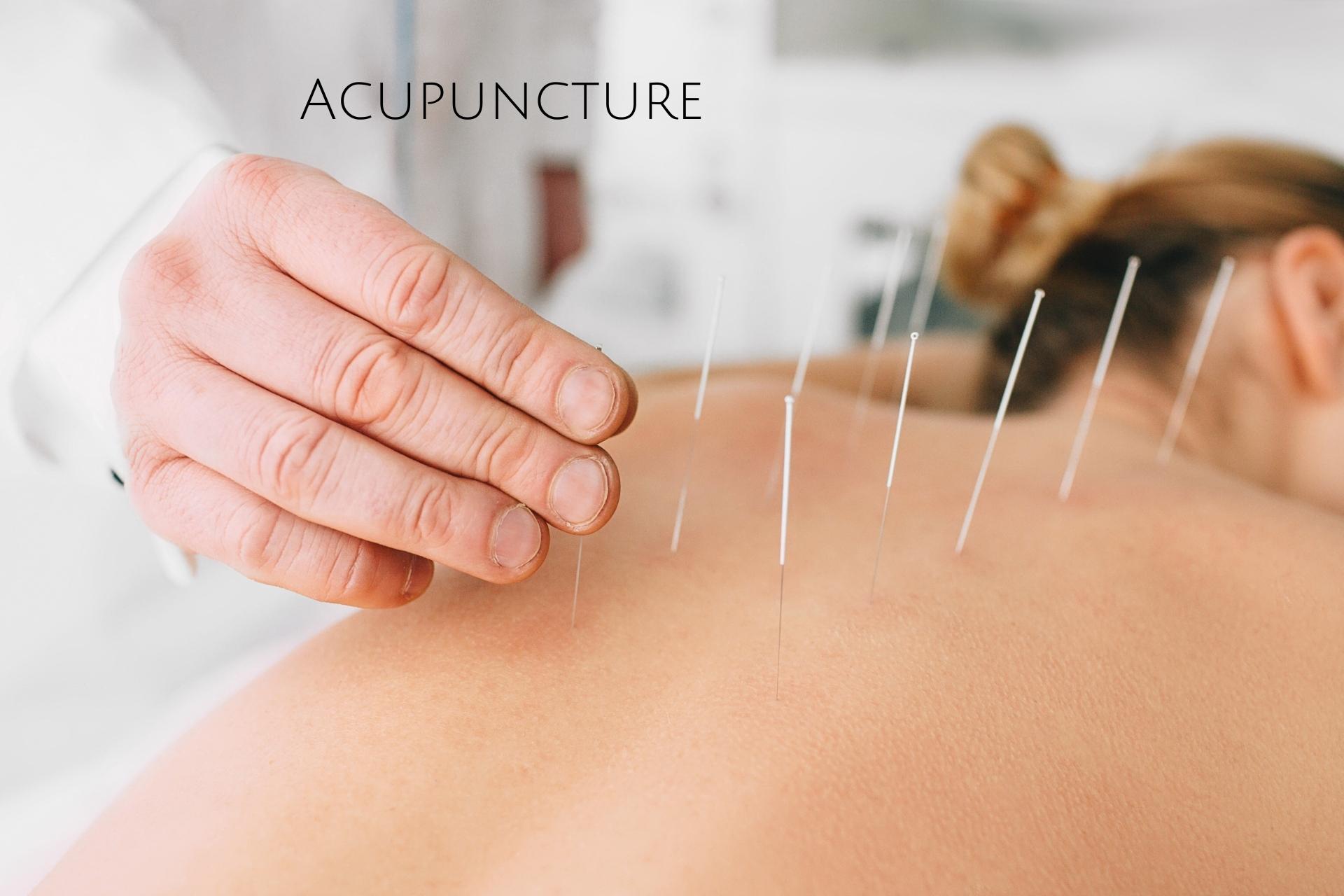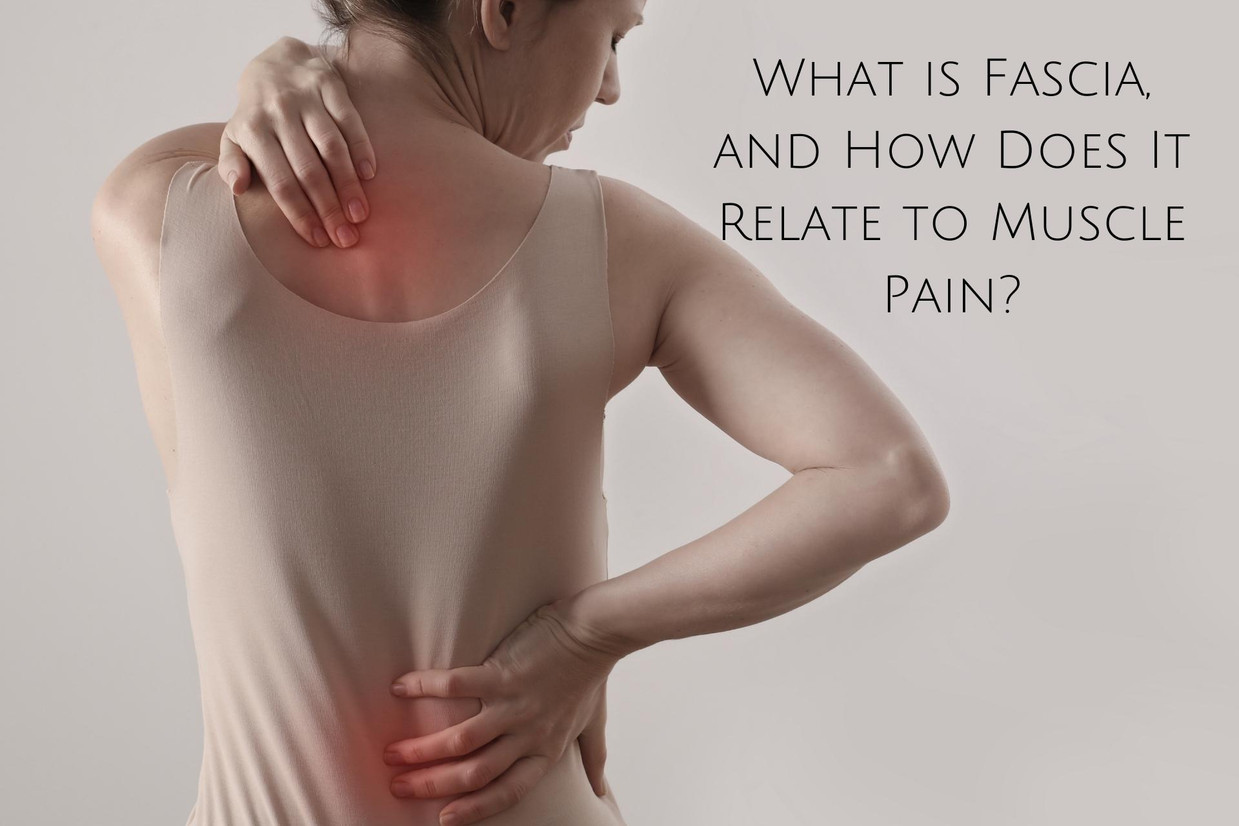What is Fascia, and How Does It Relate to Muscle Pain?
Painful neck or back pain are symptoms you might experience if you have tired muscles, tight joints, or a bony spur to name a few things. The reason they're so tiring could be that your body is struggling to shift all the pressure it's receiving in your lower spine and legs. One area of the body which isn't often discussed is the fascia, Thanks in part to the way it's able to bathe and provide nutrients for your cells, the body has a network of tissue in your central nervous system. And this widely overlooked area deserves more attention.
What is fascia?

Fascia is a connective tissue that covers and surrounds different organs, muscles, bones and other structures in the body. The superficial type is found on the surface of the skin to help protect it from trauma, while deep fascia is mainly found inside muscles. It surrounds muscles, ligaments and tendons giving them support.
The role of fascia in muscle pain is something that remains a big question among doctors today. There have been many studies done to test how this connective tissue can be implicated to muscle pain or injury, but still much more research needs to be done for us to understand if these findings are accurate.
Fascia-related muscle pain and stiffness
To prevent their fascia from becoming gummy and crinkled, healthy people typically do things like break a sweat and regularly stretch.
- Exercise is vital for a healthy lifestyle
- Excessive stress or strain of one muscle or body tissue can cause overwork and a degenerative condition that often leads to weakness, imbalance, and incorrect movement patterns.
- Trauma such as surgery or injury
Is it fascia pain?
Figuring out whether your pain is from muscles, joints or fascia can be difficult. Your fascia might have adhesions if you're not moving enough.
With this condition, muscle pain can occur in many areas and persist for long periods of time. It is caused by hard, tender knots in the muscles.
- During movement
- When pressure is applied
- In different parts of the body (e.g., back pain, hand, muscle pain)
Treatments for trigger points focus on relieving pain and getting tight fascia and muscle fibers to relax. Medical options include pain relievers, physical therapy & injections of medication directly into trigger points.
How to Keep Fascia Flexible

Keeping your fascia healthy has many benefits. Stretch as often as you can, stay hydrated, let your fascia breathe and wear the right footwear.
- Move more: It’s important to stay active throughout the day, even if you’re stuck in front of a desk all day. Many people spend long hours sitting in front of a computer screen, which can lead to issues with cardiovascular health. Sitting for extended periods of time also has implications for mental health.
- Stretch regularly: Stretching is essential for keeping your body healthy. Every day, the human body goes through many small movements. These movements are controlled by muscles that contract and relax, which in turn move bones and joints. However, over time these movements can cause structural changes in the body such as muscle and joint pain, limited range of motion, and other problems. Stretching helps to prevent these structural problems by increasing flexibility in joints, ligaments, and muscles
- Focus on posture: We may not realize it but our posture during work can cause back issues or muscle problems such as tightness. Try sitting up straight or maintain good posture while working at your desk
Ways to Relieve Fascia Pain

There are a variety of ways to get knots out, such as:
- Heat therapy:
 Heating pads & warm showers can help relieve pain quickly. A cold bath can also be helpful for minor aches and pains.
Heating pads & warm showers can help relieve pain quickly. A cold bath can also be helpful for minor aches and pains. - Yoga therapy:
 If you're suffering from an area of pain, see a highly trained yoga therapist who will create a regimen of yoga poses just for you, allowing you to practice at home between sessions. The therapist and the poses work together like physical therapy to provide relief and healing.
If you're suffering from an area of pain, see a highly trained yoga therapist who will create a regimen of yoga poses just for you, allowing you to practice at home between sessions. The therapist and the poses work together like physical therapy to provide relief and healing. - Foam rolling:
 A foam roller is a great tool that can help you release tension in the body and muscles. Roll it over your back, neck, and legs for the best results. You can also combine this with a lacrosse ball for even better effects. I would also recommend you try some deep breathing. It can help calm your nerves and ease tension in the body. Mindfulness and Meditation
A foam roller is a great tool that can help you release tension in the body and muscles. Roll it over your back, neck, and legs for the best results. You can also combine this with a lacrosse ball for even better effects. I would also recommend you try some deep breathing. It can help calm your nerves and ease tension in the body. Mindfulness and Meditation - Massage therapy:
 Schedule a few massages with an experienced therapist who can find and release pressure to less painful areas of your body. Take a daily exercise program that will help relieve muscle tension and stress. Avoid these triggers of headache and try these tips to prevent getting the pain that often accompanies an oncoming headache: Exercise regularly. It can be as simple as taking a walk or doing some light stretching every day. Regular exercise helps keep muscles strong and supple, so you're less likely to experience tension headaches as well as other types of headaches such as migraines or cluster headaches.
Schedule a few massages with an experienced therapist who can find and release pressure to less painful areas of your body. Take a daily exercise program that will help relieve muscle tension and stress. Avoid these triggers of headache and try these tips to prevent getting the pain that often accompanies an oncoming headache: Exercise regularly. It can be as simple as taking a walk or doing some light stretching every day. Regular exercise helps keep muscles strong and supple, so you're less likely to experience tension headaches as well as other types of headaches such as migraines or cluster headaches. - Acupuncture:
 Traditional acupuncture is often localized to specific areas of the body. It involves gently inserting sterile stainless-steel needles into specific points determined by type of syndrome. In the process, this treatment stimulates many different nerve endings throughout the body and leads to pain relief, healing, and faster recovery times.
Traditional acupuncture is often localized to specific areas of the body. It involves gently inserting sterile stainless-steel needles into specific points determined by type of syndrome. In the process, this treatment stimulates many different nerve endings throughout the body and leads to pain relief, healing, and faster recovery times.
Treating fascia pain often requires using a combination of things such as heat therapy, an anti-inflammatory diet, yoga therapy and guided imagery to help patients relax. and reduce their symptoms.
Most people experience temporary muscle tension from time to time. But getting help for chronic or severe pain is an important step to take, which could be a sign of a more serious health condition. If you experience pain despite your efforts to alleviate it, or if it is interfering with the quality of your sleep or daily activities, then talk to a medical professional to make sure the pain isn't more serious.
Recent Posts
-
From Stress to Serenity: Real-Life Success Stories of Adaptogen Use
While lifestyle changes like exercise, meditation, and a healthy diet are essential for managing str
-
The Long-Term Effects of Chemical Exposure on Human Health
The Long-Term Effects of Chemical Exposure on Human Health Chemical exposure is an inevitable part o
-
How AMH Levels Affect Fertility: What You Need to Know
Fertility is a deeply personal journey, shaped by a range of factors including genetics, age, lifest





